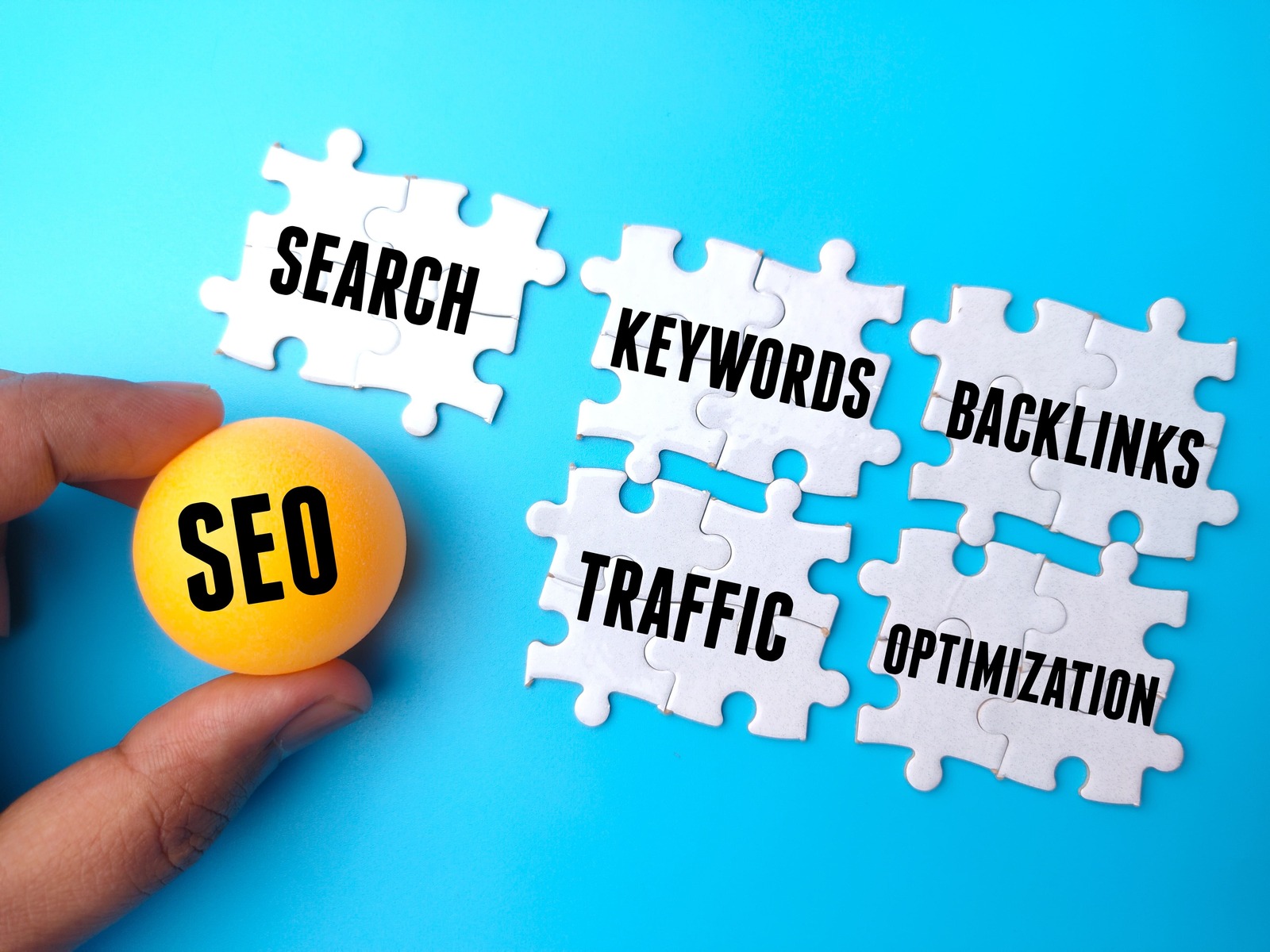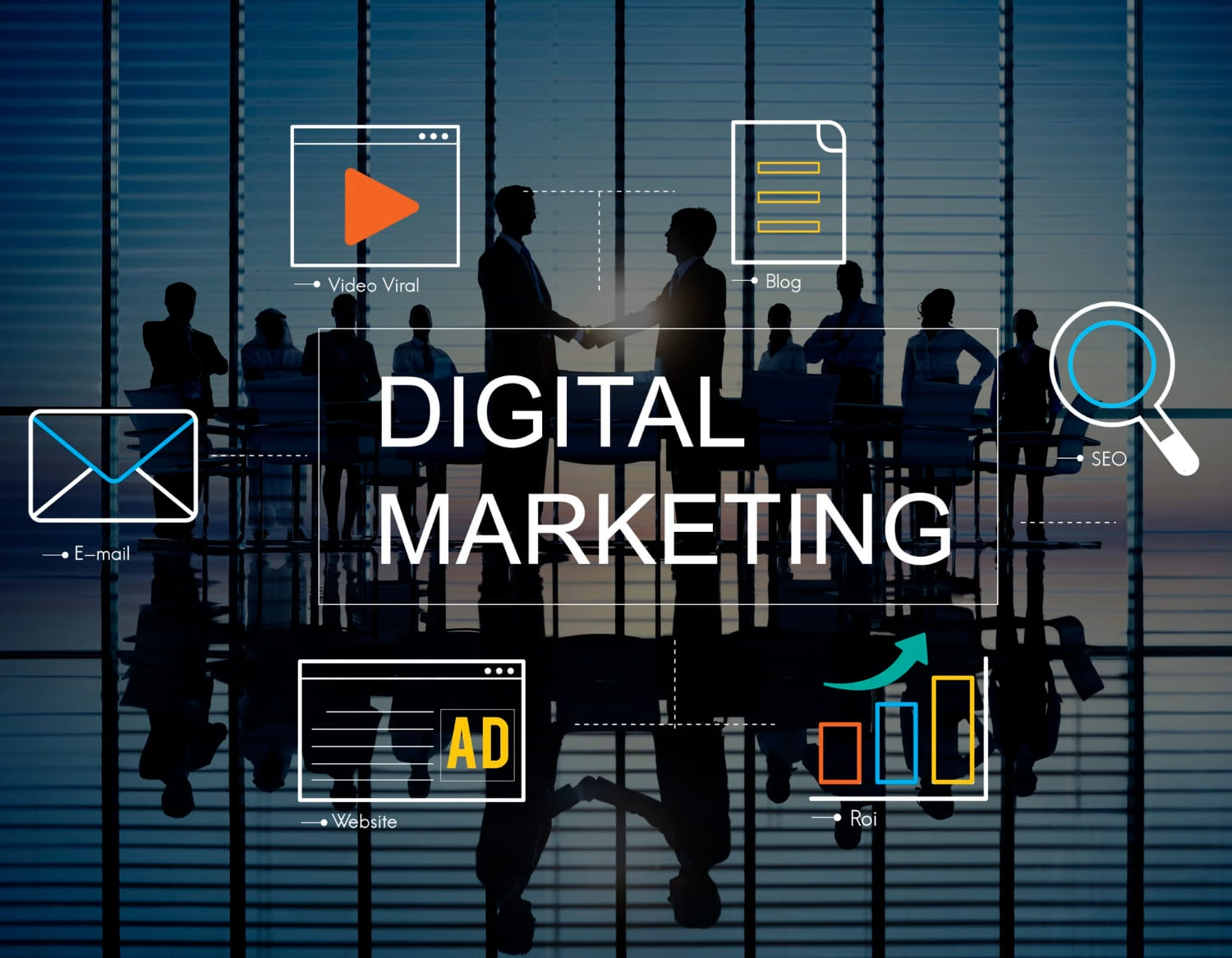How Might Businesses Use Cognitive Biases to Their Advantage?
Before exploring how businesses can use cognitive biases to improve their marketing efforts, it’s essential to understand what they are.
Cognitive biases are patterns in our thinking that cause us to deviate from rational decision-making. These biases exist because our brains often take mental shortcuts to process information efficiently.

While these shortcuts can sometimes lead to errors in judgement, businesses can use cognitive biases as powerful tools to influence consumer behaviour and enhance marketing outcomes.
Have you ever made a decision based on instinct rather than facts? That instinctive choice is often a result of cognitive bias. From anchoring to social proof, these biases shape our everyday actions. But how can businesses take advantage of these psychological tendencies to craft their digital marketing strategies?
In this article:
15 Cognitive Biases That Businesses Can Use to Boost Marketing and Sales
Below is a breakdown of how businesses, especially those in professional services, can leverage 15 cognitive biases to their advantage, complete with examples from successful companies and relevant statistics.
1. Social Proof: The Power of Influence
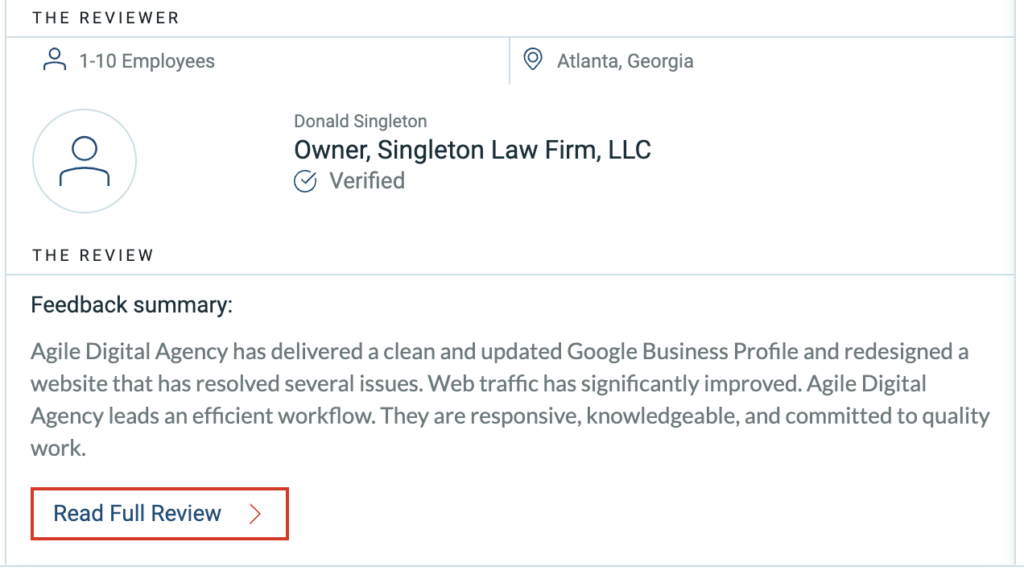
What it is: People tend to follow the actions of others, especially when unsure.
Business use: Professional services can leverage social proof by showcasing testimonials, case studies, and reviews, making potential clients more likely to trust their services:
- Customer testimonials and success stories build credibility. By highlighting positive experiences, businesses create a sense of trust, which can increase conversions.
- Reviews and ratings are another key example of social proof. According to a study by BrightLocal, 87% of consumers read online reviews for local businesses, and 88% trust them as much as personal recommendations. Displaying these on your website or product pages reassures new visitors.
- User-generated content shared on social media, such as customer photos or videos, can further strengthen social proof. It adds authenticity to a brand’s image, showing real customers enjoying a product or service.
Social proof bias example: According to BrightLocal, 88% of consumers trust online reviews as much as personal recommendations. Displaying client success stories on your website can instil confidence in new customers.
When used ethically, social proof helps customers feel more confident in their decisions, especially when choosing between competitors.
2. Scarcity: Creating Urgency
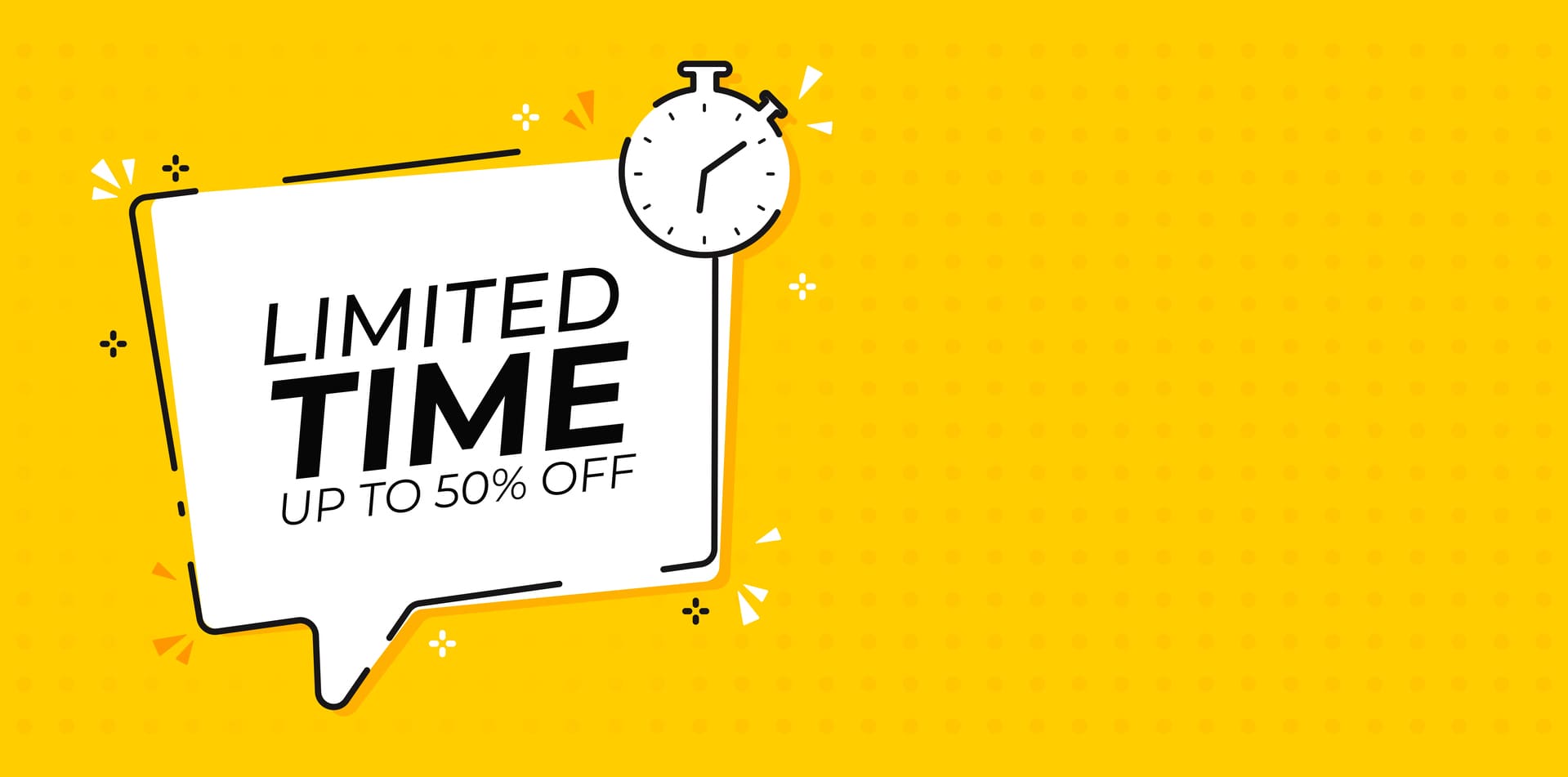
What it is: Scarcity is a cognitive bias based on the idea that people place more value on things that are in limited supply. Businesses can create a sense of urgency by highlighting scarce resources, which taps into the customer’s fear of missing out (FOMO).
Business use: Several tactics can be employed:
- Limited-time offers or low-stock notifications (“Only 3 left in stock!”) encourage customers to make quick decisions. Amazon is a prime example of this, using scarcity techniques to increase conversions by displaying messages like “Only 5 left – order soon.”
- Countdown timers on special offers or flash sales create visual urgency, pushing users to act before time runs out.
Scarcity bias example: Amazon’s “Only X left in stock” tactic creates urgency and fear of missing out (FOMO), boosting conversions.
3. Anchoring: Setting the Stage for Value Perception
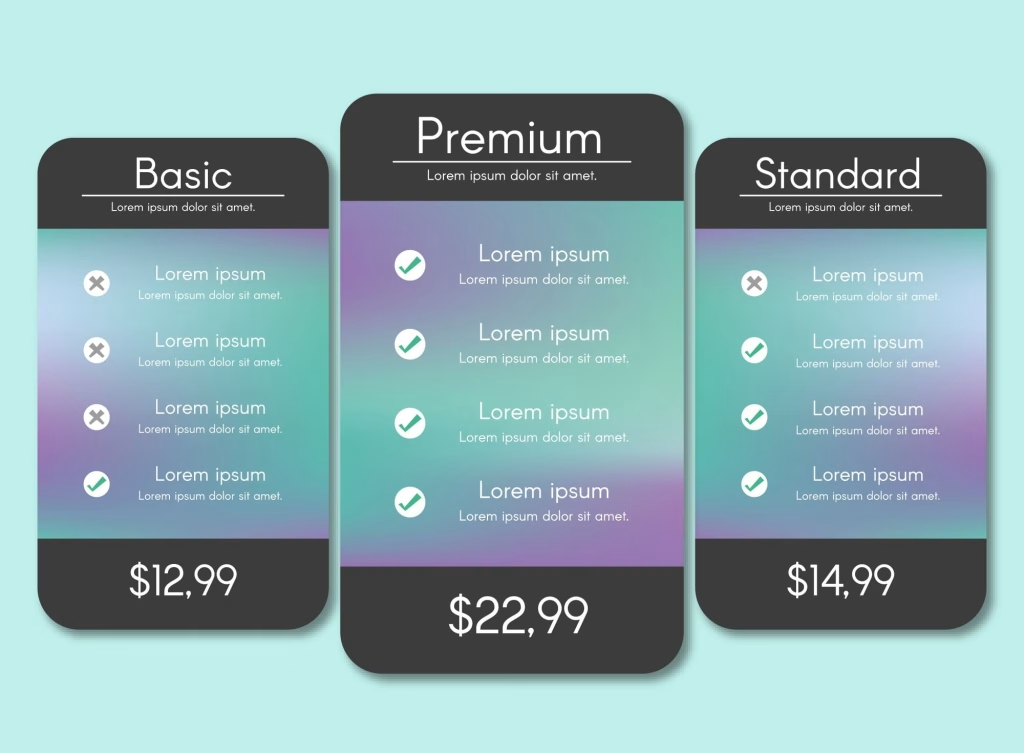
What it is: Anchoring is a cognitive bias where people rely heavily on the first piece of information (the “anchor”) they encounter when making decisions. Businesses can use this bias to influence how customers perceive value.
Business use: Two of the most common anchoring techniques are:
- Discounts: When an original price is displayed alongside a discounted price, customers perceive the sale price as a better deal, even if the discount isn’t substantial. For example, if a product was £200 but is now offered at £120, customers often base their decision on the original price, making the sale price seem more attractive.
- Tiered pricing: Presenting multiple options, such as “Basic,” “Standard,” and “Premium” packages, encourages customers to compare the higher-priced options first. By anchoring the customer’s attention on the most expensive plan, businesses make the lower-tiered plans seem more affordable.
Anchoring bias example: A well-known example of this is Apple’s pricing strategy for its iPhones. The most expensive model serves as the anchor, making the slightly cheaper models appear more reasonable by comparison.
Here’s how Apple applied the anchoring principle in the iPhone 15 lineup in 2023:
- Apple introduced the iPhone 15 Pro Max at $1,199 as its top-tier model.
- The standard iPhone 15 Pro was priced at $999.
- The iPhone 15 Plus was set at $899.
- The base iPhone 15 model started at $799.
By presenting the $1,199 iPhone 15 Pro Max first, Apple effectively anchored consumers’ expectations to a high price point. This strategy makes the $999 iPhone 15 Pro seem more reasonable in comparison, despite still being a premium price.
Furthermore, it makes the standard iPhone 15 at $799 appear like a relative bargain, even though it’s still a significant amount of money for a smartphone.
This approach not only showcases the anchoring effect but also demonstrates how Apple uses price differentiation across its product line to appeal to different customer segments while maintaining its premium brand image. The strategy encourages consumers to perceive value in the mid-range options, potentially driving sales of these models while still offering a top-tier option for those willing to pay the highest price.
4. Simplicity to Combat Decision Paralysis
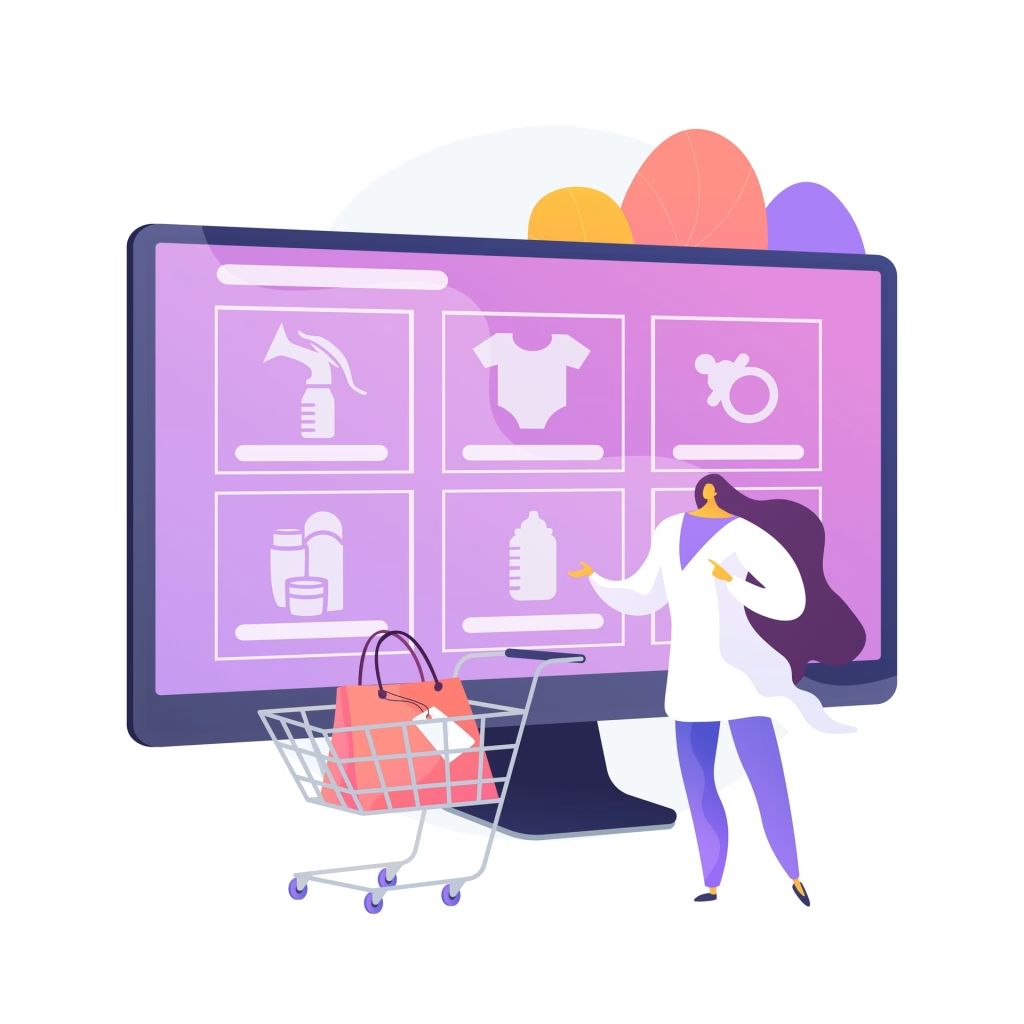
What it is: While using biases like social proof, scarcity, and anchoring can encourage action, offering too many choices can overwhelm customers and lead to decision paralysis. When presented with too many options, people may delay decisions or not make one at all.
Business use: Professional service firms can streamline options or provide clear, tailored recommendations to help clients make faster decisions. Some examples:
- Curating product selections or providing clear recommendations can reduce the cognitive load for users.
- Guided user experiences can help customers navigate through complex options. For example, tools that allow users to filter products based on preferences (like budget or features) can simplify the decision-making process.
Simplicity bias example: In a famous jam experiment by Sheena Iyengar, customers presented with fewer options (6 vs. 24 jams) were 10 times more likely to make a purchase.
5. Loss Aversion: The Fear of Losing Out

What it is: Loss aversion is a cognitive marketing bias that describes people’s tendency to prefer avoiding losses to acquiring equivalent gains. In other words, the pain of losing $100 is psychologically more powerful than the pleasure of gaining $100. This principle, first demonstrated by psychologists Daniel Kahneman and Amos Tversky, is a cornerstone of behavioural economics.
Business use: Emphasise what clients stand to lose by not acting rather than just what they will gain. Some possible scenarios:
- Marketing and Sales: Framing offers in terms of potential losses (e.g., “Don’t miss out on this limited-time offer!”).
- Product Design: Designing loyalty programs that make customers feel they’ll lose status or benefits if they switch.
- Customer Retention: Highlighting what customers would lose by cancelling a subscription or service.
Loss aversion bias example: Insurance companies often frame their marketing around potential losses (e.g., “Don’t risk your home”) to drive urgency in decision-making.
6. Reciprocity: Giving to Get
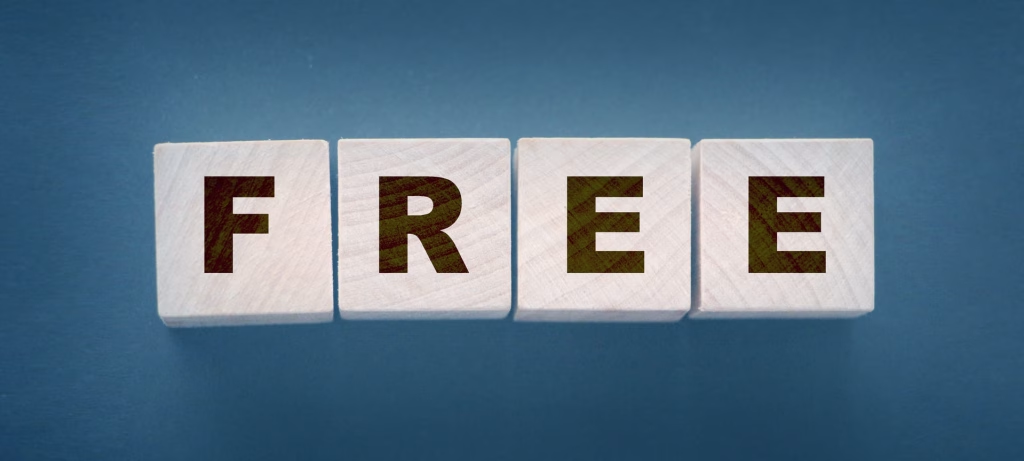
What it is: Reciprocity is a powerful social norm where people feel compelled to return a favour or gesture when they receive something for free. This psychological principle taps into our innate sense of fairness and social obligation.
Business use: Offer free resources, consultations, or tools to potential clients. This creates a sense of obligation, making them more likely to engage with your paid services.
Reciprocity bias example: HubSpot provides free marketing resources, which leads users to eventually subscribe to their software.
7. Confirmation Bias: Reinforcing Beliefs
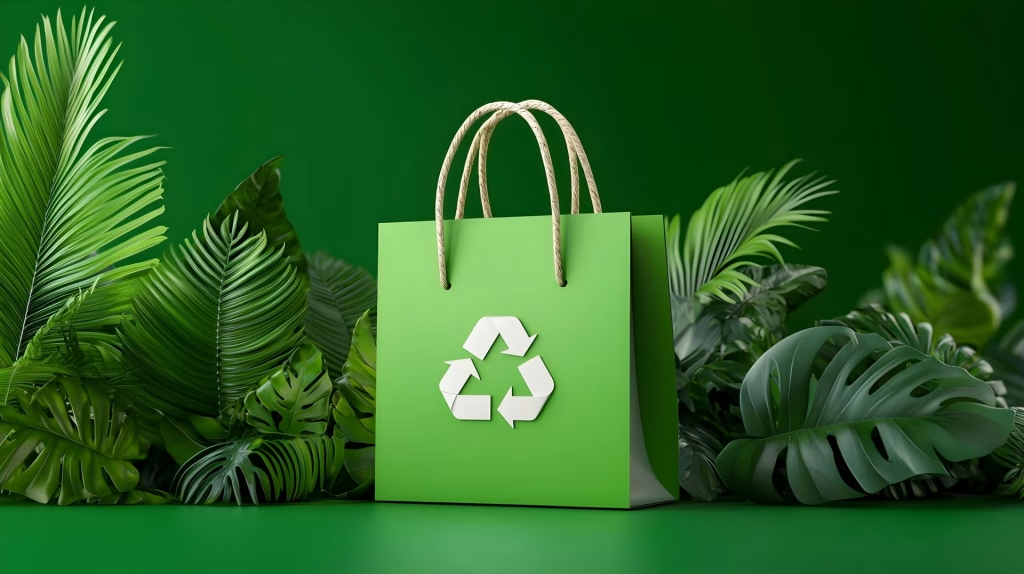
What it is: Confirmation bias is the tendency for people to seek out, interpret, favour, and recall information that confirms or supports their pre-existing beliefs or values. This cognitive bias leads individuals to overlook or dismiss contradictory evidence, potentially resulting in flawed decision-making.
Business use: Craft marketing and communication strategies that align with your target audience’s existing beliefs about your industry or services.
Confirmation bias example: Organic food companies highlight health benefits, reinforcing health-conscious consumers’ beliefs about natural products.
8. The Halo Effect: The Influence of One Positive Trait
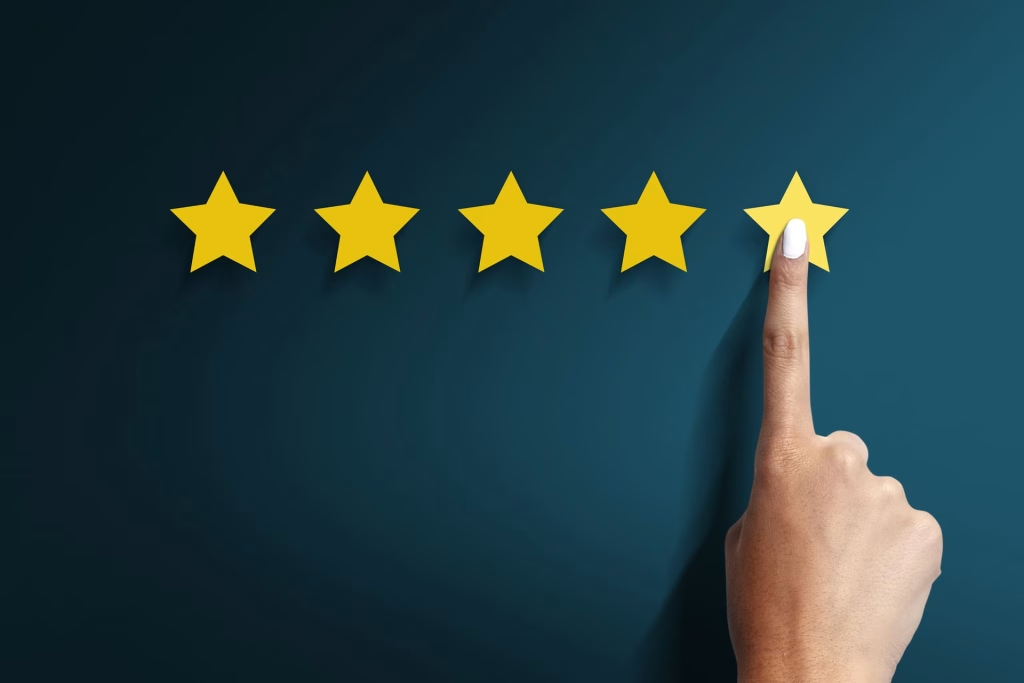
What it is: The Halo Effect is a cognitive bias where a person’s overall impression of a brand, product, or individual is influenced by a single positive attribute or characteristic. This psychological phenomenon can lead to an over-generalisation of positive qualities based on limited information.
Business use:
- Flagship product promotion: Develop and heavily market a standout product or service to boost perception across your entire offering.
- Brand ambassador selection: Choose influential figures with positive attributes to represent your brand, extending their positive image to your products.
- Customer testimonials: Highlight success stories that emphasise exceptional experiences, encouraging potential customers to view all your services favourably.
- Product line extension: Leverage the success of one product to introduce new products under the same brand umbrella.
- Cross-promotion: Use the positive reputation of one product or service to promote related offerings.
- Design consistency: Maintain a cohesive visual identity across products to extend positive associations.
Halo effect bias example: Nike’s endorsement deals with top athletes create a halo effect for their entire product line.
9. Decoy Effect: The Power of a Third Option

What it is: The Decoy Effect, also known as the “attraction effect” or “asymmetric dominance effect,” is a cognitive bias where the introduction of a third, less attractive option (the decoy) can influence consumer preferences between two other options. This psychological phenomenon can subtly guide decision-making by making one option appear more favourable in comparison.
Business use: Add a high-priced, less valuable service tier to make the mid-tier option look more reasonable.
Decoy effect bias example: The “decoy” pricing of popcorn at cinemas (small, medium, large) often nudges customers to choose the large option, which seems like a better value.
10. Framing: How Choices are Presented
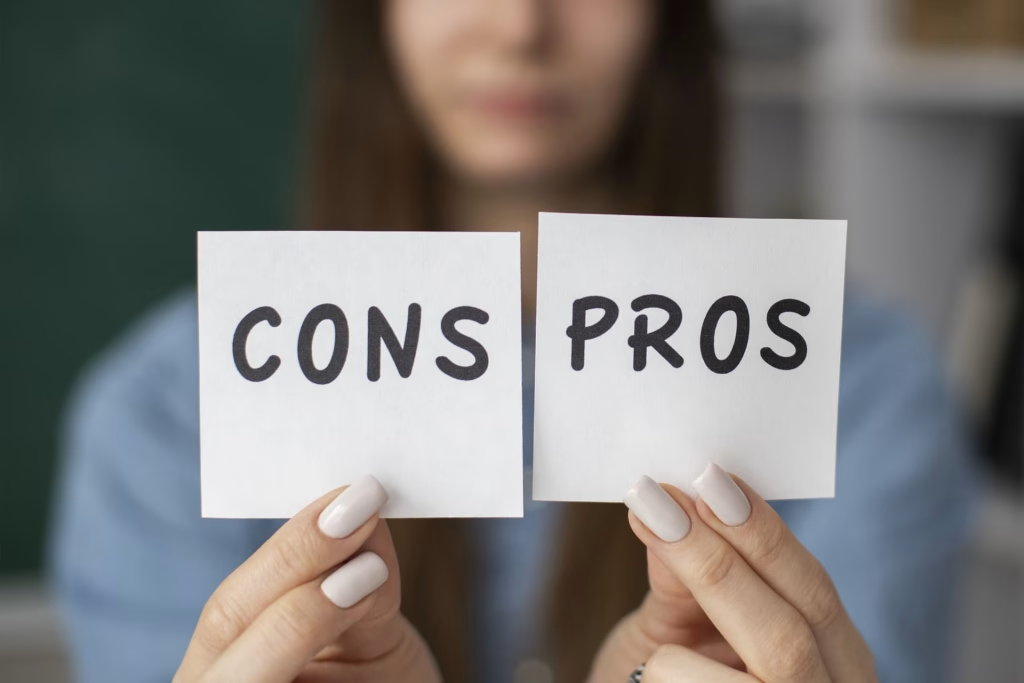
What it is: Framing is a cognitive bias where people’s decisions are influenced by how information is presented or framed, rather than by the information itself. The way choices are worded, structured, or contextualised can significantly impact decision-making, even when the underlying facts remain the same.
Business use: Frame your professional services in a positive light, focusing on benefits rather than drawbacks.
Framing bias example: A subscription service might frame a pricing model as “only £3 per day” instead of “£90 per month,” making it feel more affordable.
Our SEO and web design services help you present your offerings in the most persuasive way, ensuring your audience sees the full value of your services.
11. Availability Heuristic: Making the Familiar Feel Common
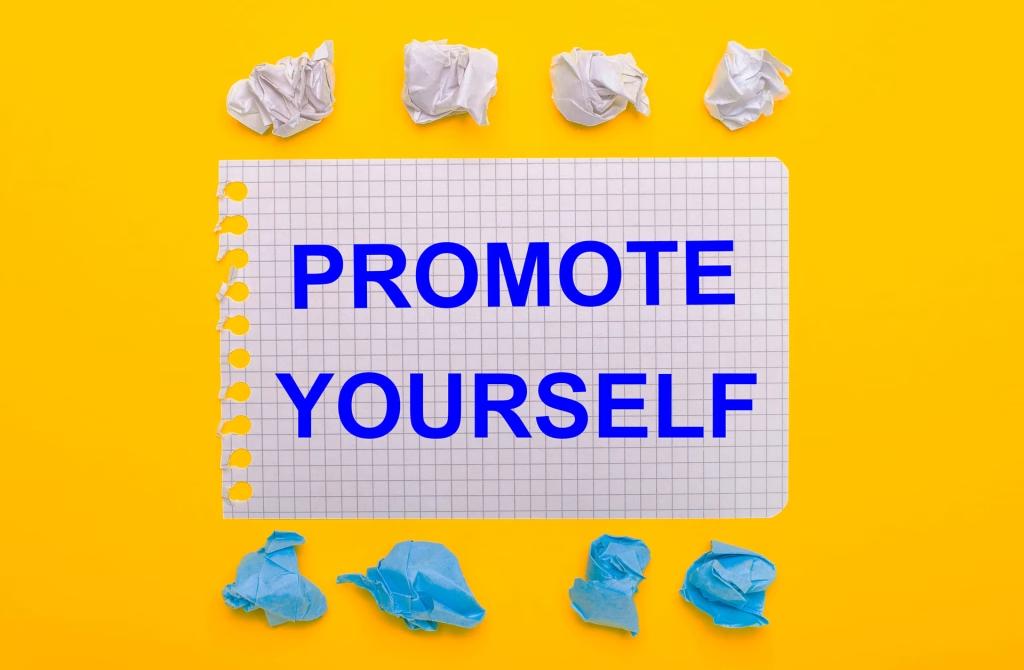
What it is: The Availability Heuristic is a cognitive bias where people overestimate the importance or likelihood of information that is readily available or easily recalled. This mental shortcut leads individuals to rely on immediate examples that come to mind when evaluating a specific topic, concept, or decision.
Business use:
- Success promotion: Regularly highlight successful projects, client wins, or positive outcomes to create a perception of consistent success.
- Brand visibility: Maintain a strong presence across various media channels to keep the brand at the forefront of consumers’ minds.
- Customer testimonials: Frequently share positive customer experiences to reinforce the idea of widespread satisfaction.
- Product demonstrations: Conduct frequent demonstrations or trials to make the product’s benefits more readily available in potential customers’ minds.
- Crisis management: Quickly and prominently address negative events to prevent them from becoming the most available information about the company.
- Content marketing: Create and distribute valuable, relevant content consistently to stay top-of-mind with your target audience.
Availability heuristic bias example: LinkedIn regularly notifies users about job openings and professional connections, positioning itself as the default platform for career networking.
12. Recency Bias: Staying Top-of-Mind
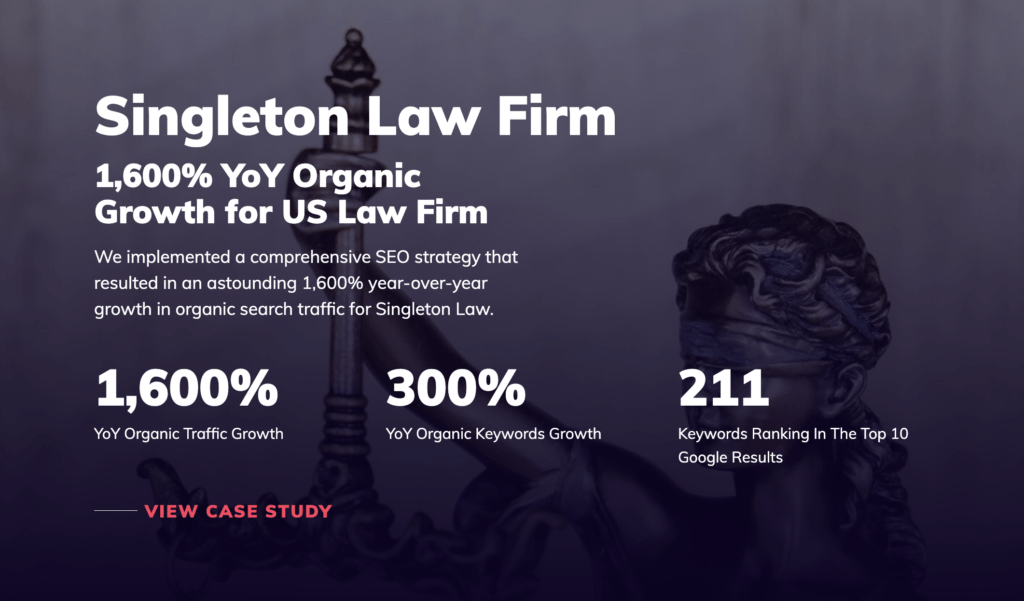
What it is: People give more importance to the most recent information they’ve encountered.
Business use: Regularly update your website, share recent case studies, and engage clients with fresh content to keep your business top-of-mind.
Recency bias example: Software companies release regular updates and feature announcements to keep users engaged and perceive the product as continuously improving.
13. In-Group Bias: Belonging to the Tribe

What it is: In-group bias is the tendency for people to give preferential treatment to those they perceive as part of their group or “tribe.” This bias leads individuals to favour members of their group over those from other groups, even when group assignments are arbitrary or based on minimal criteria.
Business use:
- Targeted marketing: Focus on specific professional groups, industries, or communities in your marketing efforts.
- Community building: Create exclusive groups or communities around your brand or product.
- Personalisation: Tailor your messaging and offerings to resonate with specific group identities.
- Employee engagement: Foster a strong company culture to create an in-group feeling among employees.
- Customer loyalty programs: Develop programs that make customers feel part of an exclusive group.
In-group bias example: LinkedIn taps into in-group bias by offering professionals tailored content and connections within their industries. This approach creates a sense of belonging and relevance for users within their professional communities.
14. Survivorship Bias: Focusing on Success
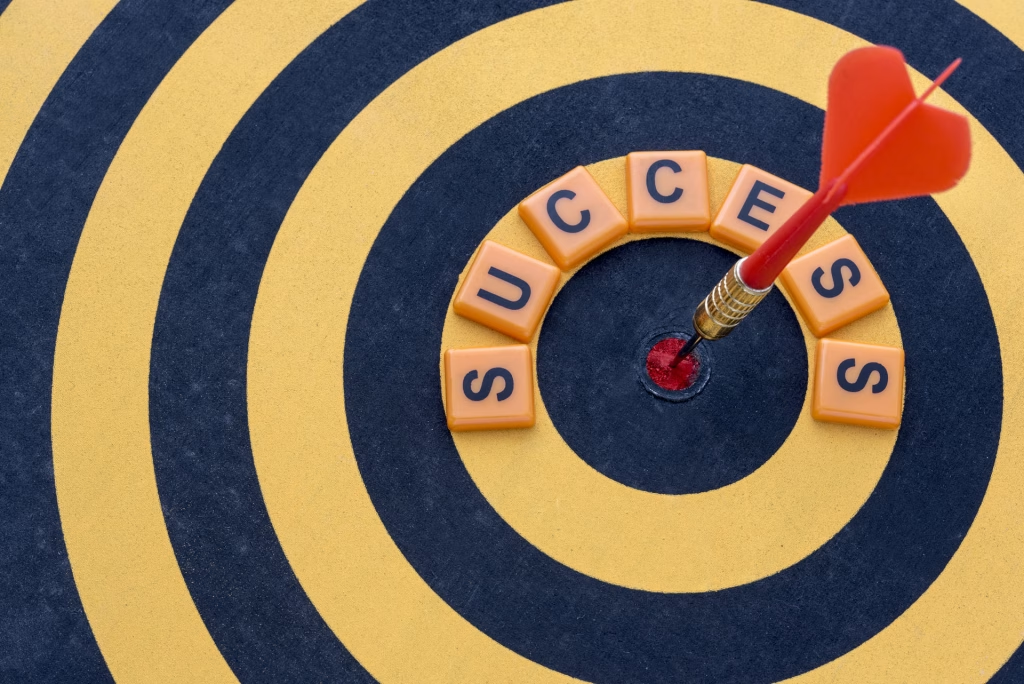
What it is: People tend to focus on the survivors or successes while ignoring the failures.
Business use:
- Case studies: Highlight your most successful client projects and avoid drawing attention to unsuccessful attempts.
- Marketing narratives: Focus on success stories in your marketing materials.
- Product development: Learn from successful features or products while being cautious about overlooking valuable lessons from failures.
- Talent acquisition: Be aware of this bias when evaluating potential hires based solely on their successful experiences.
- Investment decisions: Consider both successes and failures when making investment choices.
Survivorship bias example: Venture capitalists often promote the successes of high-profile startups like Airbnb, overlooking the many that didn’t succeed.
15. Zero-Risk Bias: The Comfort of Safety
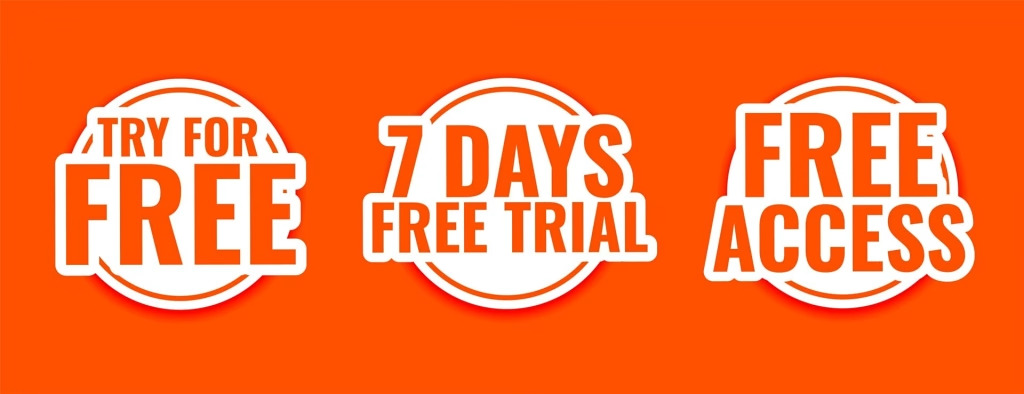
What it is: Zero-risk bias is the tendency for people to prefer options that completely eliminate risk, even if alternative options might offer a better overall risk-reward ratio.
Business use:
- Risk mitigation: Offer guarantees, free trials, or “no-risk” consultations to reduce the perceived risk of choosing your service.
- Product design: Emphasise safety features or risk-reduction aspects of your products.
- Financial services: Highlight low-risk or guaranteed-return investment options.
- Customer support: Provide comprehensive support and clear refund policies to reduce perceived risks.
- Marketing messaging: Frame your offerings in terms of risk reduction or elimination.
Zero-risk bias example: Zappos’ offer of free returns and a 365-day money-back guarantee helps reduce the risk of online shopping, leading to higher sales.
The Impact of Cognitive Biases on SEO and Digital Marketing
Cognitive biases don’t just apply to traditional marketing—they can be integrated into SEO and digital strategies as well:
- Content strategies: Incorporating social proof in meta descriptions (e.g., “Rated 5 stars by 1000+ customers”) can boost click-through rates from search engine results pages (SERPs).
- Structured data: Adding review schema markup to your site can enhance the appearance of rich snippets in search results, increasing visibility and credibility.
- Call-to-action (CTA) optimisation: Using scarcity techniques (e.g., “Sign up now, only available for a limited time”) in your SEO-optimised landing pages can lead to higher conversion rates.
Incorporating cognitive biases into your SEO and digital marketing strategies can significantly improve how potential customers engage with your content. Additionally, reducing your bounce rate is crucial for maintaining visibility in search results. Learn more about how to lower your bounce rate for better user retention.
For a deeper dive into the practical application of cognitive biases in digital marketing, we recommend exploring our comprehensive guide: “Strategic Implementation of Cognitive Biases in Digital Marketing“.
Conclusion: Ethical Considerations in Using Cognitive Biases
While cognitive biases offer professional service businesses powerful tools to influence decision-making, they should be used ethically. Manipulating consumers through dishonest practices can damage trust and long-term relationships.
When used responsibly, cognitive biases help businesses guide potential clients towards better decisions by simplifying choices, building trust, and reducing decision-making friction. At the same time, they offer a competitive edge in a crowded marketplace.
By understanding and applying these 15 cognitive biases, businesses can create more persuasive marketing strategies that resonate with their audience and drive results.
Agile is an independent Digital Marketing Agency headquartered in London, specialising in web design and search engine optimisation. Our proficiency is underscored by several HubSpot Certifications, and we take pride in being recognised as a 2023 Global Award Winner for SEO by Clutch. At the heart of our success lies a team that seamlessly navigates the intersection of technology and marketing, ensuring innovative and impactful solutions for our clients.
Related
Articles
![Google Maps SEO: How to Rank Higher on Google Maps [2025] for Professional Services Firms](https://www.agiledigitalagency.com/wp-content/uploads/2025/03/Google-Maps-SEO-How-to-Rank-Higher-on-Google-Maps.avif)
